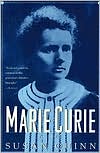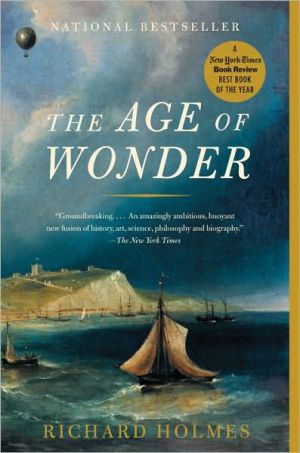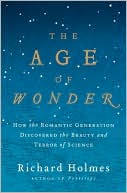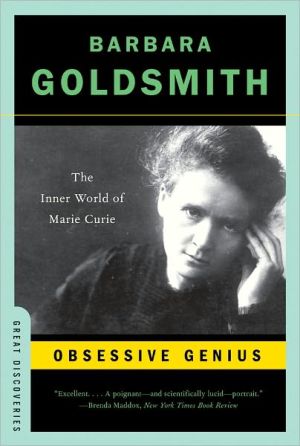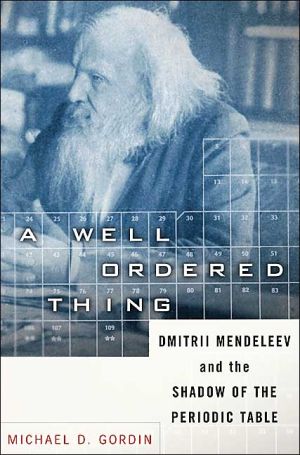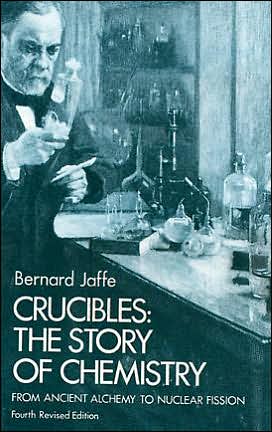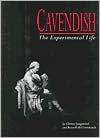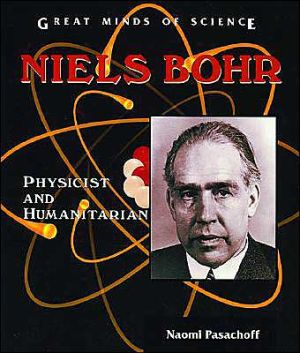Marie Curie
One hundred years ago, Marie Curie discovered radioactivity, for which she won the Nobel Prize in physics. In 1911 she won an unprecedented second Nobel Prize, this time in chemistry, for isolating new radioactive elements. Despite these achievements, or perhaps because of her fame, she has remained a saintly, unapproachable genius. From family documents and a private journal only recently made available, Susan Quinn at last tells the full human story. From the stubborn sixteen-year-old...
Search in google:
"One hundred years ago, Marie Curie discovered radioactivity, for which she won the Nobel Prize in physics. In 1911 she won an unprecedented second Nobel Prize, this time in chemistry, for isolating ne" Publishers Weekly Quinn (A Mind of Her Own: The Life of Karen Horney) presents here a carefully researched, well-rounded study of Curie (1867-1934), the physicist credited with isolating radium. Born Marie Sklodowska in Poland, she left her home to study in Paris, where she met and married physics professor Pierre Curie. Agreeing with earlier accounts, Quinn depicts their marriage as a devoted partnership. The Curies together made an investigation of radioactivity, for which they shared the 1903 Nobel Prize for physics. But Quinn breaks ground in her detailed description, drawn from newly available papers, of Marie's life after Pierre's accidental death in 1906. At first so grief-stricken she neglected her two daughters, Irene and Eva, Marie later had a love affair with French scientist Paul Langevin. Because Langevin was married, Marie was vilified by the French press and was almost denied the 1911 Nobel Prize for chemistry.
\ Publishers Weekly - Publisher's Weekly\ Quinn (A Mind of Her Own: The Life of Karen Horney) presents here a carefully researched, well-rounded study of Curie (1867-1934), the physicist credited with isolating radium. Born Marie Sklodowska in Poland, she left her home to study in Paris, where she met and married physics professor Pierre Curie. Agreeing with earlier accounts, Quinn depicts their marriage as a devoted partnership. The Curies together made an investigation of radioactivity, for which they shared the 1903 Nobel Prize for physics. But Quinn breaks ground in her detailed description, drawn from newly available papers, of Marie's life after Pierre's accidental death in 1906. At first so grief-stricken she neglected her two daughters, Irene and Eva, Marie later had a love affair with French scientist Paul Langevin. Because Langevin was married, Marie was vilified by the French press and was almost denied the 1911 Nobel Prize for chemistry.\ \ \ \ \ Library JournalThis new biography of Marie Curie by the author of A Mind of Her Own: The Life of Karen Horney (LJ 10/15/87) includes information drawn from previously unavailable letters that Curie wrote to Pierre, her husband, after his accidental death. It also draws on correspondence between Curie and Paul Langevin, with whom she had an affair several years after becoming a widow. The affair, sensationalized in the French press, nearly caused the revocation of her second Nobel Prize. Only the arrival of World War I and Curie's valiant efforts to bring X-ray technology to French army hospitals and even to the front lines succeeded in removing the tainted image from the French public's memory. This is a rigorously researched book with extensive notes and bibliography. It provides much more detailed and balanced coverage of Curie's life than has previously been available. For biography and science collections. [Previewed in Prepub Alert, LJ 11/15/94.] --Hilary D. Burton, Lawrence Livermore National Lab., Livermore, Cal.\ \ \ BooknewsSynthesizes the current understanding of the occurrence, structure, chemistry, genetics, assembly, function, and application potential of the monomolecular arrays of protein or glycoprotein subunits now known to be one of the most common surface structures found in prokaryotic organisms. Each of the eight chapters is self-contained to provide a focused treatment of such aspects as chemical composition and biosynthesis, the analysis of proteins and genes, vaccine development based on the technology of the layers, and molecular nanotechnology and biomimetics. Annotation c. Book News, Inc., Portland, OR (booknews.com)\ \
